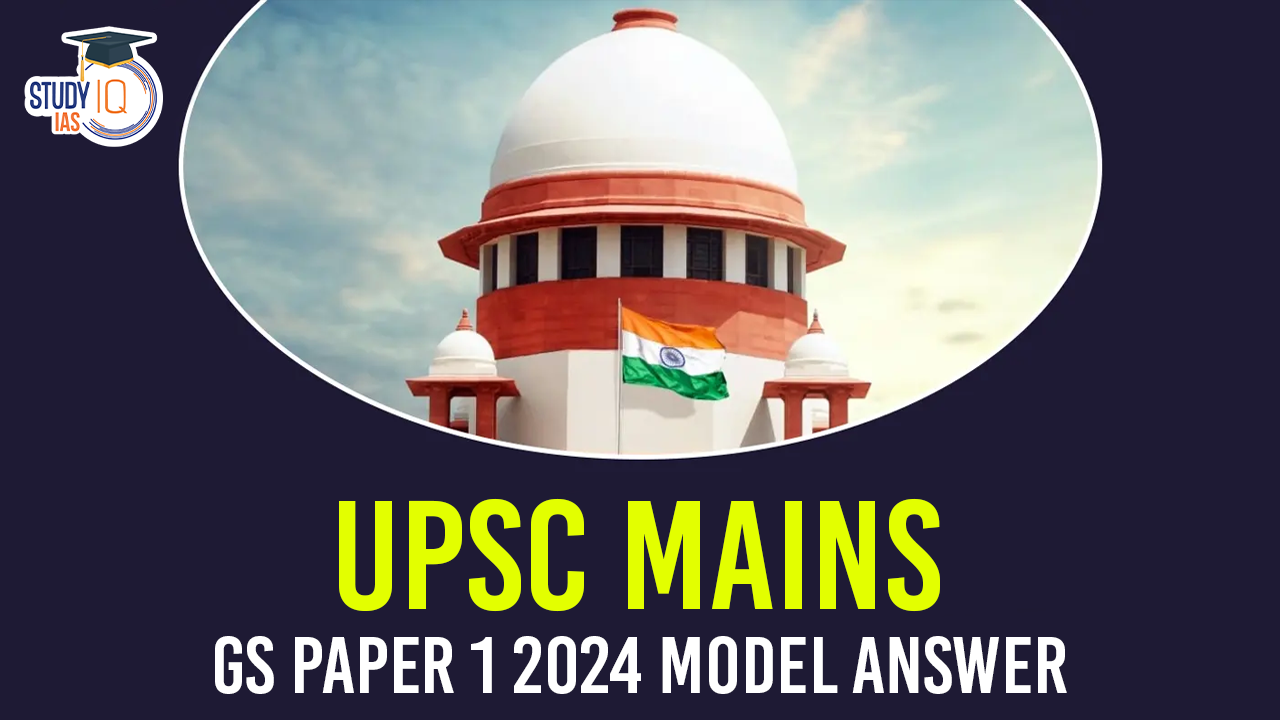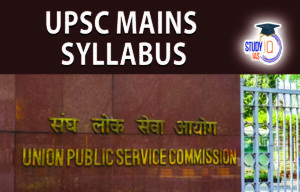Table of Contents
Introduction
Give timeline of the period discussed and overview of their Art and Architecture
- The Chola Dynasty (850-1250 CE).
- The Dravidian style of art and architecture reached its perfection under the Cholas.
- Their legacy lives on in the numerous temples and sculptures that reflect the grandeur of their rule and continue to evoke pride in India’s cultural heritage.
Chola architecture
It is renowned for its intricate sculptures, ornamental details, and sophisticated design. Following are the features –
- Sanctum: Chola temples feature both circular and square sanctums.
- Vimana: The spire or tower of the temple is designed as a stepped pyramid, called the vimana.
- Gopuram: Chola temples have lofty gopurams with dome-shaped sikharas topped with a kalasa.
- Mandapas: The interiors consist of pillared assembly halls, known as mandapas.
- Sculptures and Inscriptions: The temples are adorned with detailed sculptures and inscriptions on their walls.
- Materials: Built primarily with stone for enhanced durability, unlike earlier structures made of bricks.
- Boundary Walls: High boundary walls surround Chola temples for enclosure and protection.
- Influences: Early Chola temples were influenced by Pallava architecture, while later ones were shaped by Chalukya architectural elements.
- The Brihadeeswarar Temple at Tanjore, built by Rajaraja I, stands as an iconic example of Chola temple architecture.
Achievements in Art and Architecture
- Temple Architecture:
- Brihadeshwara Temple (Thanjavur): Built by Raja Raja Chola I, it is a UNESCO World Heritage site, known for its massive vimana (tower), perfect proportions, and stunning stone carvings.
- Gangaikonda Cholapuram by Rajendra 1, Airavatesvara Temple (Darasuram) and Kampaharesvara temple at Thirubhuvanam: Other major Chola temples, displaying remarkable craftsmanship and intricate sculptures.
- Bronze Sculptures: The Cholas mastered the lost-wax technique of bronze casting which is still practised today.
Ex.- Nataraja (Dancing Shiva) at Chidambaram is a prime example of Chola bronze art, representing cosmic balance, grace, and spirituality. These bronzes were not only religious icons but also aesthetic masterpieces.
- Iconography and Symbolism: Chola art focused on depicting gods, goddesses, and mythological stories, emphasizing elegance, fluidity, and realism.
- Ex.- Shiva manifestations at Rajesvaram temple by Rajendra 1 and The golden palace that Aditya Karikala supposedly built for his father Sundara Chola.
- Urban Planning and Infrastructure: urban design through temple townships like Thanjavur, which were meticulously planned around their temples, integrating irrigation systems, markets, and public spaces.
Conclusion
- The Chola dynasty may have faded from history, but their contributions to art and architecture endure as a symbol of India’s cultural and artistic zenith.
- Their temples, sculptures, and artistic innovations continue to inspire pride and admiration, solidifying their eternal legacy in Indian history.
| Related Post | |
| UPSC Mains GS 1 Question Paper 2024 | UPSC Mains GS 1 Analysis 2024 |
| UPSC Mains Essay Question Paper 2024 | UPSC Mains Essay Analysis 2024 |
| UPSC Mains GS 2 Question Paper 2024 | |


 NCERT Books for UPSC Preparation, Check ...
NCERT Books for UPSC Preparation, Check ...
 UPSC Syllabus 2025, Check UPSC CSE Sylla...
UPSC Syllabus 2025, Check UPSC CSE Sylla...
 UPSC Mains Syllabus 2025, Optional Sylla...
UPSC Mains Syllabus 2025, Optional Sylla...





















